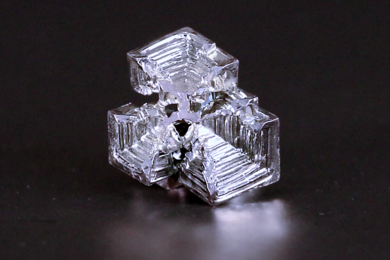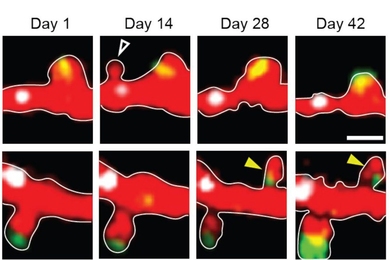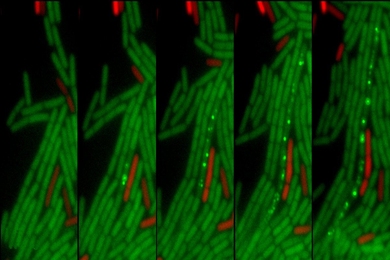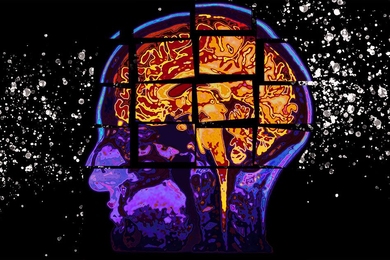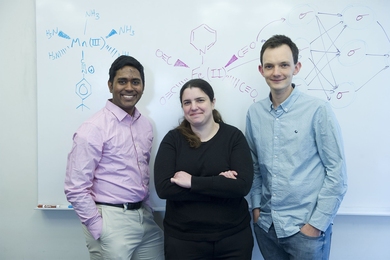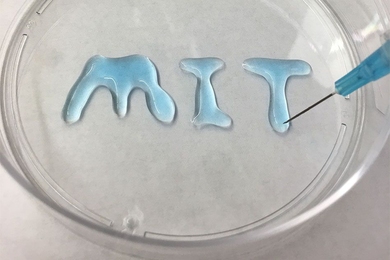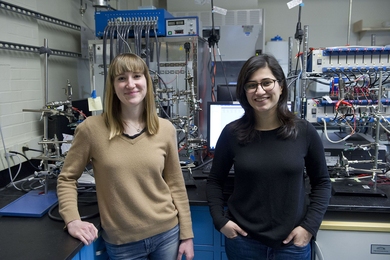Study measures how fast humans react to road hazards
In “semiautonomous” cars, older drivers may need more time to take the wheel when responding to the unexpected.
Astrophysical shock phenomena reproduced in the laboratory
Lab-scale experiment could help scientists understand interstellar and galactic-scale smashups.
New insights into bismuth’s character
Theorists at MIT and collaborators uncover hidden topological insulator states in bismuth crystals.
Computer-aided knitting
New research from the Computer Science and Artificial Intelligence Laboratory uses machine learning to customize clothing designs.
How brain cells pick which connections to keep
Novel study shows protein CPG15 acts as a molecular proxy of experience to mark synapses for stabilization.
Automating artificial intelligence for medical decision-making
Model replaces the laborious process of annotating massive patient datasets by hand.
A new way to block unwanted genetic transfer
Researchers identify a strategy to prevent mobile genetic elements from breaching the bacterial cell wall.
Model predicts cognitive decline due to Alzheimer’s, up to two years out
Researchers hope the system can zero in on the right patients to enroll in clinical trials, to speed discovery of drug treatments.
Finding novel materials for practical devices
MIT researchers use a new machine learning technique to rapidly evaluate new transition metal compounds to identify those that can perform specialized functions.
Speeding up drug discovery for brain diseases
Whitehead Institute team finds drugs that activate a key brain gene; initial tests in cells and mice show promise for rare, untreatable neurodevelopmental disorder.
Lowering emissions without breaking the bank
New research provides a look at how India could meet its climate targets while maintaining economic growth
New material could make it easier to remove colon polyps
Gel cushion used to elevate polyps during endoscopy could reduce the risk of tearing the colon lining.
Health effects of China’s climate policy extend across Pacific
Improved air quality in China could prevent nearly 2,000 premature deaths in the U.S.
Removing carbon dioxide from power plant exhaust
MIT researchers are developing a battery that could both capture carbon dioxide in power plant exhaust and convert it to a solid ready for safe disposal.



